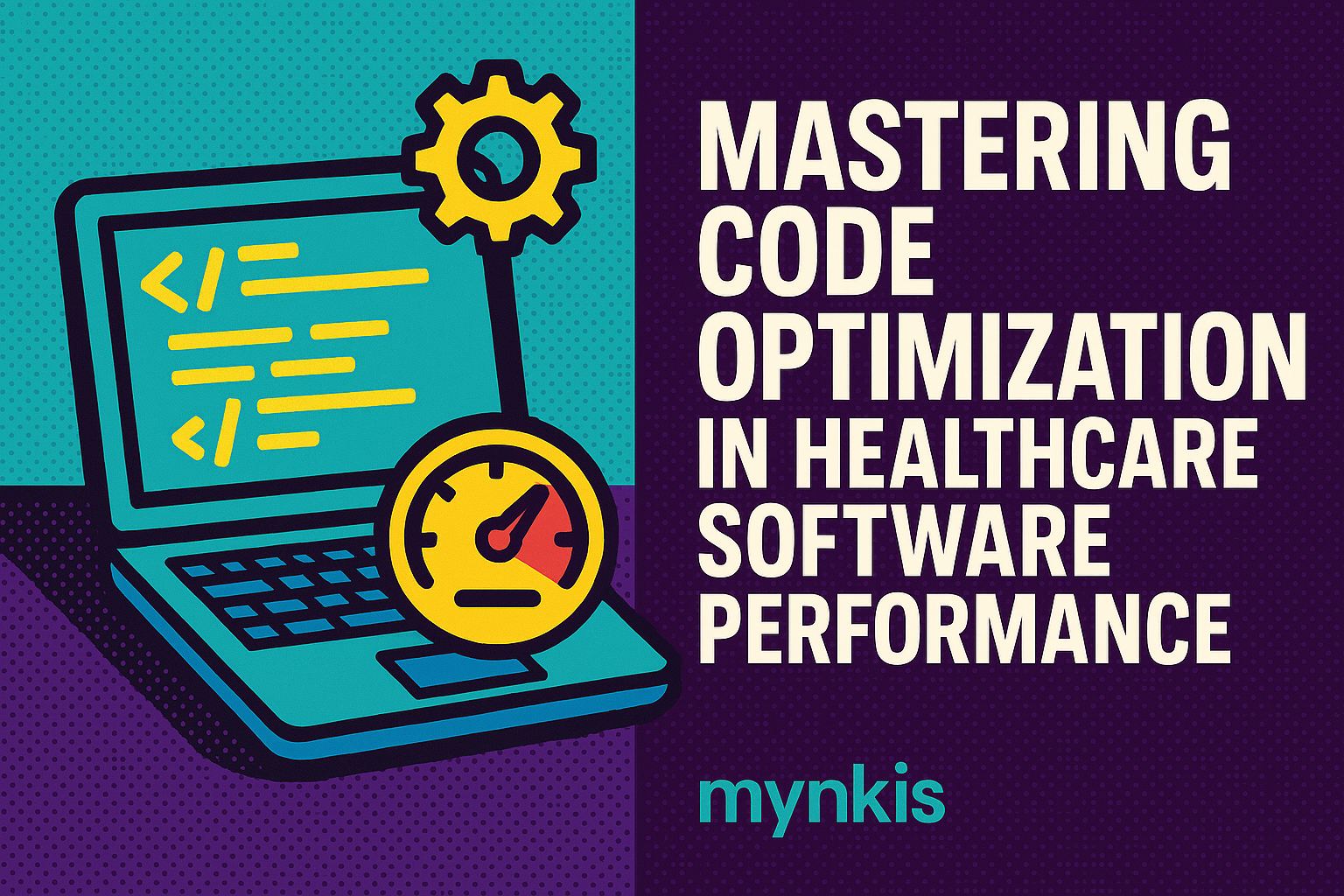Schedule a Demo
In the realm of healthcare, where the stakes are sky-high and every millisecond counts, code optimization isn't just a nice-to-have—it's critical. Efficient software directly impacts patient care by enhancing the speed and reliability of patient portals and data management systems. In my work with operations managers at various medical facilities, I've seen firsthand how optimized software can reduce wait times for test results and improve the overall patient experience. The goal here isn't just speed; it's about ensuring that our software platforms are robust enough to meet the rigorous standards of HIPAA compliance and other regulations governing sensitive medical data.
At its core, code optimization is about writing more efficient algorithms and reducing unnecessary computations. For instance, using the right data structures can significantly speed up search operations in large databases, which is crucial when retrieving patient records in a hurry. It's also about minimizing memory usage and improving cache utilization. These principles might sound straightforward, but implementing them effectively requires a nuanced understanding of the software's architecture and anticipated usage patterns.
Several strategies exist to enhance software performance, each with its own trade-offs. One of the most impactful methods is algorithmic optimization. Choosing the right algorithm can turn a quadratic time complexity into a linear one, dramatically speeding up processes like data sorting and searching. Another technique is code refactoring, where the focus is on rewriting parts of the codebase to improve efficiency and readability without altering the functionality.
Caching is yet another powerful tool. By storing frequently accessed data in a cache, we can drastically cut down on database calls, speeding up operations considerably. It's especially beneficial in scenarios where certain patient records or medical history reports are accessed repeatedly. However, one must balance this against the risk of data becoming outdated if not managed properly.
Asynchronous programming can be a game-changer in environments where multiple operations need to happen concurrently. In healthcare software, this could mean that while one part of the application is processing a patient's test results, another can be updating their medical history without waiting for the first process to complete. This leads to a more responsive user interface and can dramatically improve the efficiency of healthcare workflows.
While the drive towards optimization is strong, it's vital to strike a balance with code maintainability. Over-optimization can lead to complex, hard-to-maintain code that becomes a liability over time. In my collaborations with software teams, we often aim for a middle ground where critical operations are highly optimized, but the overall codebase remains clean and modular.
The choice of programming languages and tools can significantly influence software performance. Languages like Rust, for instance, provide memory safety without sacrificing speed, which is ideal for building secure and efficient healthcare applications. Additionally, modern development tools like profilers help identify bottlenecks in the code, allowing developers to focus their optimization efforts where they will have the most impact.
Optimized code not only improves the performance of individual operations but also enhances the overall scalability of healthcare systems. As clinics and hospitals grow, so does their data volume and user base. Efficiently coded software can handle this growth gracefully, preventing the system from becoming sluggish and unresponsive. This is especially crucial in larger institutions dealing with thousands of patient records daily.
Consider a real-world example where a patient portal was redesigned with optimization in mind. Previously, users experienced frustrating delays when accessing their health records. After implementing optimized algorithms and efficient data handling techniques, the same portal could now deliver patient data in a fraction of the time. This enhancement not only improved user satisfaction but also increased trust in the digital infrastructure of the healthcare facility.
Optimization is not a one-time task but a continuous journey. Regular performance monitoring and profiling should be part of any software development cycle, especially in healthcare, where needs and technologies evolve rapidly. Real-time monitoring tools allow developers to track application performance, identify emerging issues, and adjust optimization strategies accordingly.
As we optimize our code, we must consider the ethical implications of our work. For instance, optimizing software to the point where automated systems make healthcare decisions without human oversight can be problematic. We must ensure that our optimizations prioritize patient safety and ethical healthcare delivery, aligning with the principles of the World Health Organization and other respected bodies.
The path to effective code optimization involves ongoing education and knowledge sharing within development teams. Workshops and training sessions focused on the latest optimization techniques can keep teams sharp and up-to-date. By fostering a culture of learning and collaboration, healthcare organizations can stay at the forefront of software performance optimization.
Looking ahead, we see trends like machine learning-assisted optimization and quantum computing entering the scene. These emerging technologies promise to revolutionize how we approach code efficiency, potentially offering solutions to today's most challenging optimization problems in healthcare data processing.
Last but not least, optimization must coexist with robust security measures. In healthcare, where data breaches can have severe consequences, we must ensure that our efforts to improve software performance do not compromise patient data security. A secure software system is just as crucial as a fast one, and striking the right balance is key to delivering a holistic solution.
